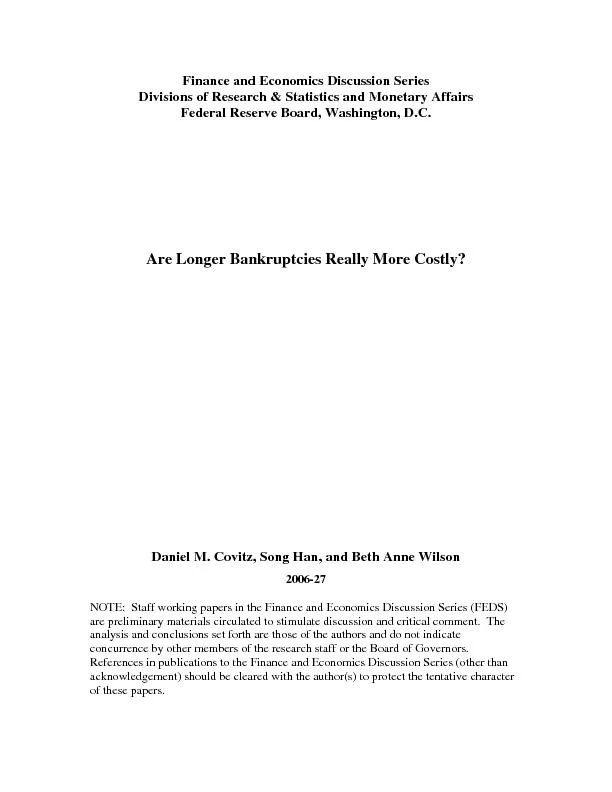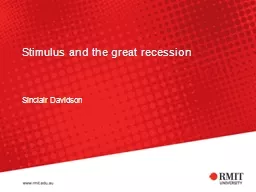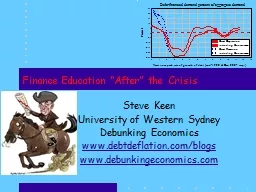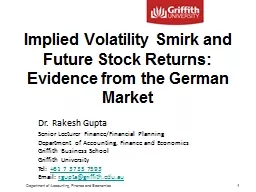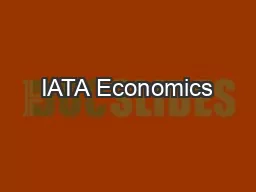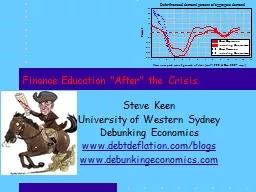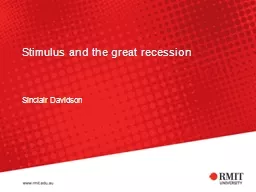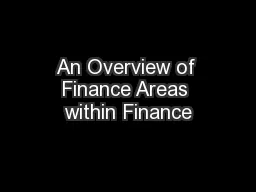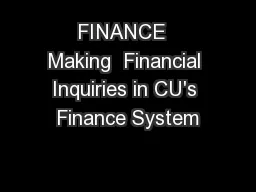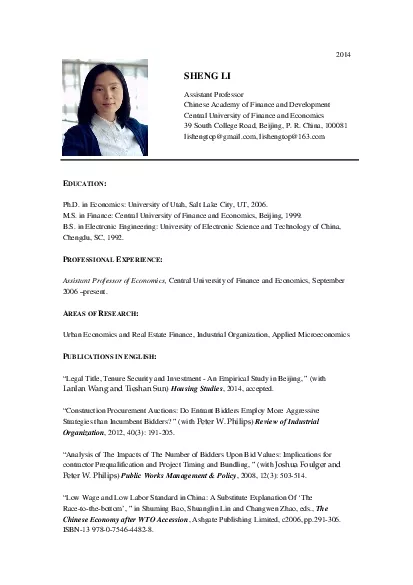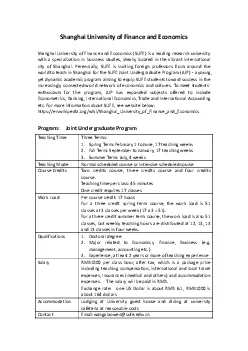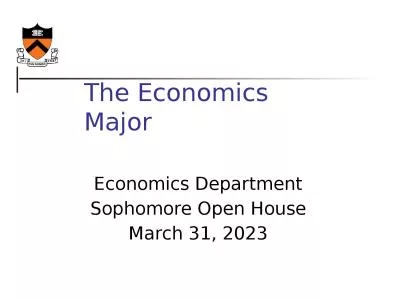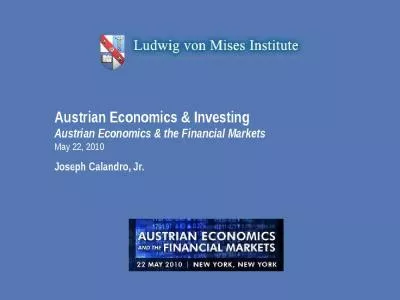PDF-Finance and Economics Discussion Series
Author : luanne-stotts | Published Date : 2016-03-02
Divisions of Research Statistics and Monetary Affairs Federal Reserve Board Washington DC Are Longer Bankruptcies Really More Costly Daniel M Covitz Song Han and
Presentation Embed Code
Download Presentation
Download Presentation The PPT/PDF document "Finance and Economics Discussion Series" is the property of its rightful owner. Permission is granted to download and print the materials on this website for personal, non-commercial use only, and to display it on your personal computer provided you do not modify the materials and that you retain all copyright notices contained in the materials. By downloading content from our website, you accept the terms of this agreement.
Finance and Economics Discussion Series: Transcript
Download Rules Of Document
"Finance and Economics Discussion Series"The content belongs to its owner. You may download and print it for personal use, without modification, and keep all copyright notices. By downloading, you agree to these terms.
Related Documents

